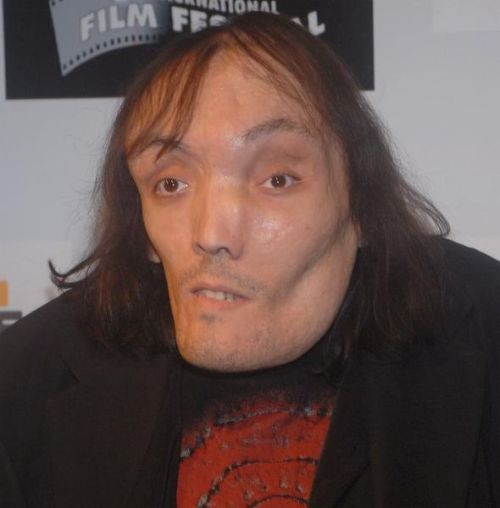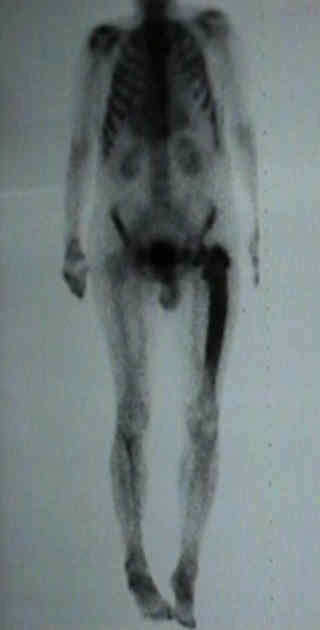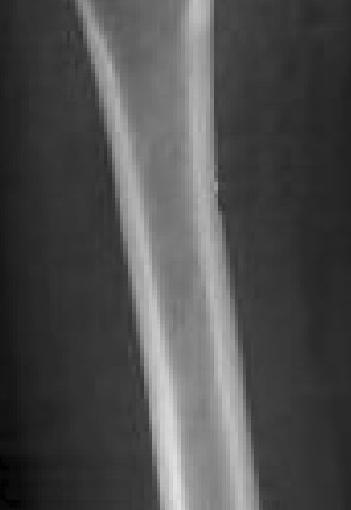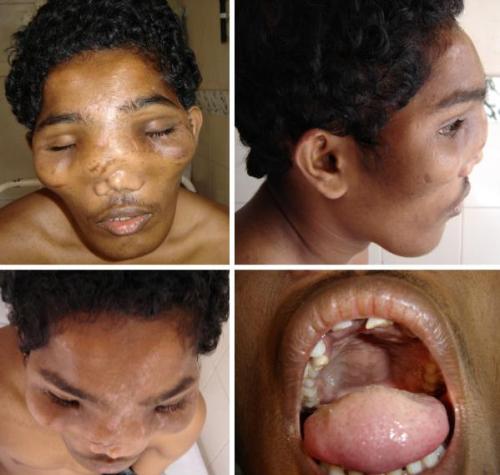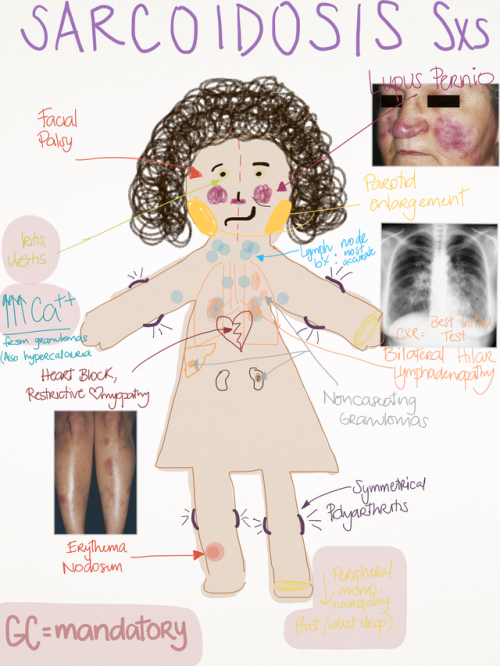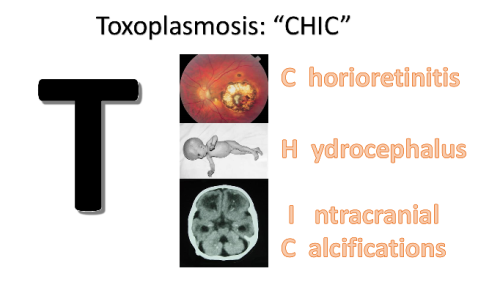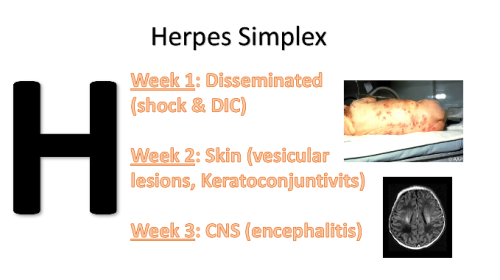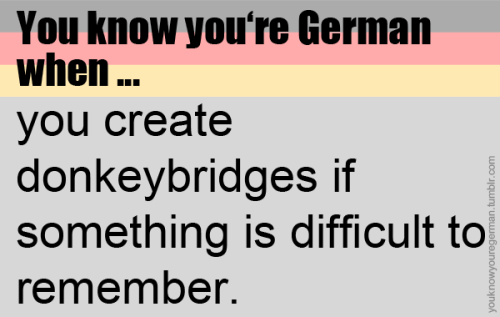#mnemonic
Stirps verbi ἀρτύειν est ἀρτυ-etR2-D2 est droides astromechanicus qui calculationes saltuum hyperspatialium parare potest, meminerimus ergo verbum ἀρτύειν significare Latine “parare,” Anglice “to prepare.”

Poeta uruguayo, Mauricio Saravia. Photo from www.lukeford.net posted on Wikimedia Commons in 2008. Another notabe case in a teenager from Haiti.
The three words of McCune-Albright disease:
- The most famous (mouthfull) words of the condition: Polyostotic Fibrous Dysplasia. What that means is that the bone will grow tumor-like fibrous (scar) tissue instead of the normal medullary (bone marrow) bone tissue. Irregular Bony trabeculae That will cause the deformities that make the disease famous. It’s caused by mutation in the gene GNAS1 and affects mostly the extremities.Not cancerous. Mosaic G protein signaling mutation
- Premature puberty in girls. It can affect boys as well, but the question stem in exams tend to report female cases, like a 2-year-old with menstrual bleeding. Early puberty is one of the many endocrine problems of these patients and a favorite to put in exams. Other problems include over-reactivity of the thyroid, pituitary and adrenal glands (hyperthyroidism, acromegally and hypercortisolism).
- And, of course, Café-au-lait spots. The interesting feature is the tendency for the lesions to not cross the body’s midline.
McCune AlBright
C = Cafe au lait spots
E = Early puberty
AB = Abnormal Bones (Fibrous Dysplasia)

Post link
Paget Disease or Osteitis Deformans
Disorder in bone remodeling, 3 stages
- Osteolytic (osteoclasts)
- Mixed (osteclasts & osteoblasts)
- Osteosclerotic (osteoblasts, “burn-out”)
Mosaic pattern on lamellar bone, big skull (no hat fits), foraminal narrowing (cranial nerve impingement), bone fractures, bone pain, warmth (increase vascularization).
Complications: AVshunt within bone marrow, can cause high output, cardiac failure, osteosarcoma
Possible underlying mechanism: Paramyxovirus infection of osteoclasts
Lab: Normal Calcium and Phosphate, INCREASED ALKALINE PHOSPHATASE
- MCC of an isolated, asymptomatic elevation of ALKALINE PHOSPHATASE in an elderly patient.
- Laboratory markers for bone turnover are elevated: PINP (procollagen type I N-propeptide or just remeber that song from 50cent “pimp”), urine hydroxyproline

- Imaging:XR (osteolytic or mixed lytic/sclerotic lesions), radionuclide bone scan (focal increase in uptake, also for staging)
- Tx:bibphosphonates
Post link
i think my saddest moment as an Australian was finding out that the rest of the world doesn’t say “never eat soggy weetbix” to figure out the order of the compass
Put in the tags where you’re from and how you memorized the order of the compass
california, “never eat soggy waffles”
I often don’t like newmonics either.
I go by “north east south west”
Du weißt, dass du deutsch bist, wenn …
man sich Eselsbrücken baut, wenn man sich irgendetwas nicht leicht merken kann.
(Submitted by anonym)
Post link
How to Learn Japanese Kanji the fun way (Heisig)
“Remembering and learning the Kanji” - How to learn 2,200 Japanese Kanji characters using Heisig (stroke order and meaning) the easy, fun and most importantly - quick way (3-6 months). Also experience the shear frustration of living in a country where you can’t read anything and can’t do the most basic tasks - like washing your clothes.
When I found out the Japanese language has 3 writing systems (Hiragana, Katakana and Kanji) and that Kanji, has over 2,000 characters I nearly packed up my bags and went home after I finished crying - but after discovering a fun and creative solution to the problem , which turned a hell of a task into a short, enjoyable one, I feel I have to share the method with the world.
The method revolves around a book called “Remembering the Kanji” by Heisig and is very popular for learners of Japanese who struggle with the characters. I highly recommend the book to all. Please read the book intro before starting. Try to make your own stories to make your mnemonic more effective. Follow the book in order.
Remember this book helps you learn the kanji meaning and stroke order. Once you master that, learn how to read the kanji by practicing with reading material and vocabulary associated with that kanji.

